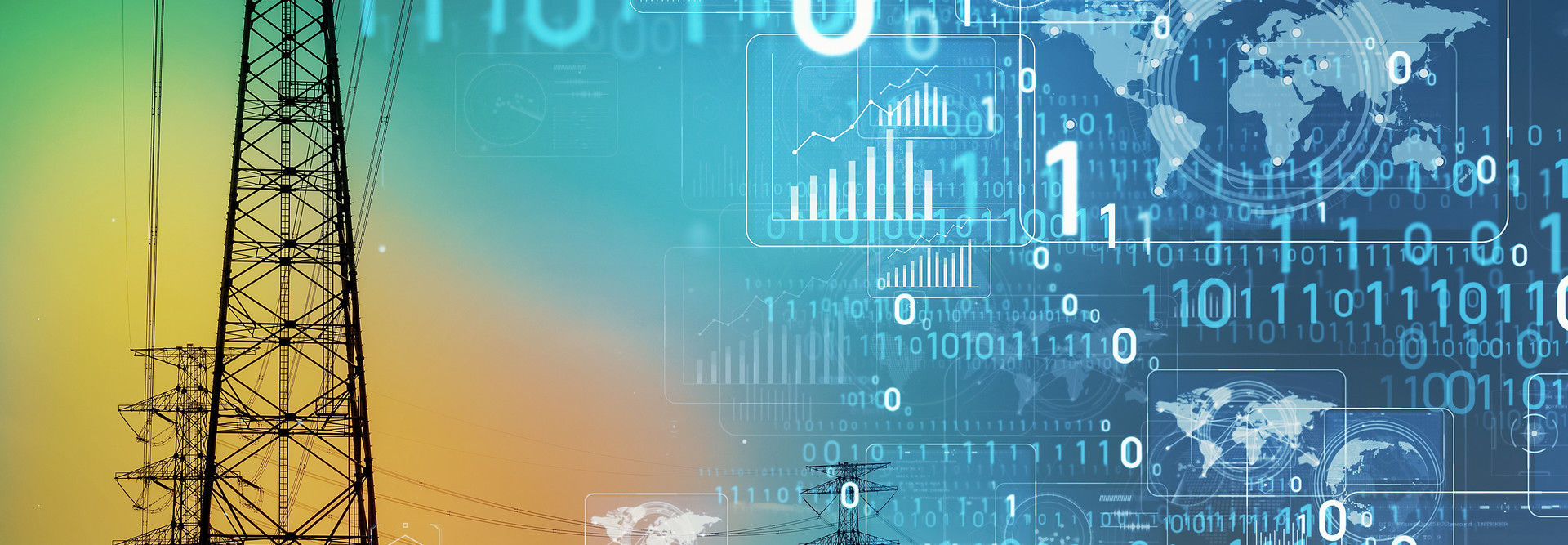Technology Use Is Set to Evolve in the Near Future
AI isn’t the only evolving technology that will be front and center in the near future. The Internet of Things continues to rise, so much so that IDC estimates there will be 41.6 billion IoT devices in 2025.
Consider the surge in electric vehicles: According to GM, EV sales should top $50 billion in 2025, and production is expected to reach 1 million units annually in North America that year.
Technology’s Role in Smart Grid Development in 2023 and Beyond
As the smart grid incorporates evolving technology — including controls, computers and automation — these new systems and equipment will communicate with the electrical grid to make for faster, smoother energy use.
This means that as energy demands change rapidly, technology will provide smart grids with distinct advantages, such as faster power restoration after outages, more effective power transmission and large-scale integration of renewable energy.
Easing the Integration of Renewable Energy Sources into Smart Grids
Smart grids can help utilities better manage renewable energy, particularly because they no longer have to depend on customers to report outages. That said, renewable energy sources don’t always fit seamlessly with electrical grids. In fact, the recent build-out featuring renewables from around the world has led to grid overload.
To avoid overload and successfully integrate renewable energy sources into smart grids, companies must start by gathering the correct data. IoT devices can also help.
As companies look to integrate more renewable resources, smart grids are a major advantage. And considering the transition to clean energy in places like the U.K., Thailand and New York, where the state’s public power provider is required to generate all of its electricity from clean energy by 2030, this technological evolution is right on time.











